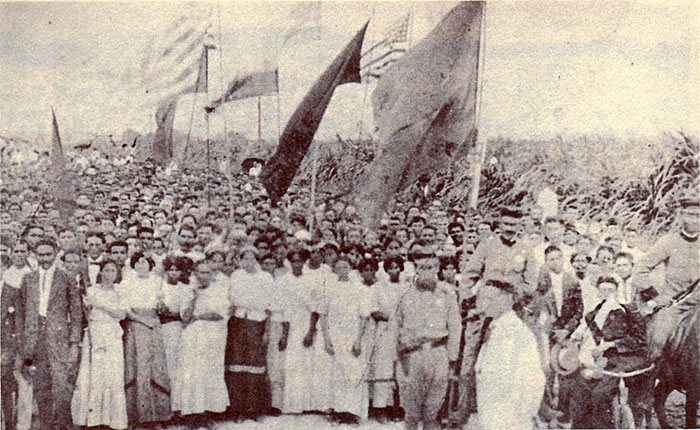Sugarcane Workers Strike

Annotation
After the United States's occupation of Puerto Rico in 1898, agricultural production shifted from a diverse model of production to a mono-agricultural model of growth, where sugar was the main crop. American companies’ preference for cultivation of sugar over coffee and other crops broke with a long tradition of coffee haciendas or plantations. The growing number of sugar plantations owned by American companies displaced the hacendados or plantation owners from their land and power. At the same time, the focus on sugar increased labor demand, and sugarcane workers eventually composed the majority of the labor force in the island. As the demand for sugar products increased, working conditions deteriorated. For the workers, low wages, extended shifts, and poor working conditions were common features of the new economic order. Confrontations between the workers and sugar plantation managers were also the order of the day.
Workers resorted to strikes as a strategy to make their demands heard. Hundred of strikes, in which women were prominent participants—like this sugarcane workers strike—were organized during in the first 30 years of the United States’s occupation.
This source is a part of the Women and the Puerto Rican Labor Movement teaching module.
Credits
González, L. M. and A. G. Quintero-Rivera. “Sugarcane workers on strike.” In La otra cara de la historia: La historia de Puerto Rico desde su cara obrera. Rio Piedras, Puerto Rico: CEREP, 2000.